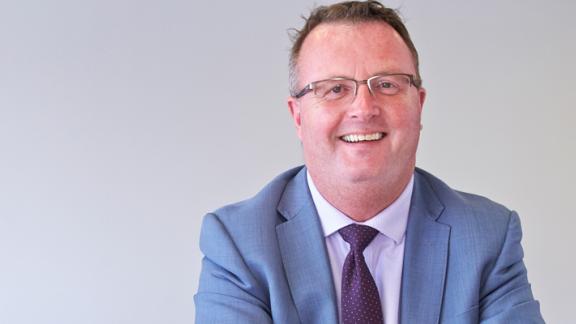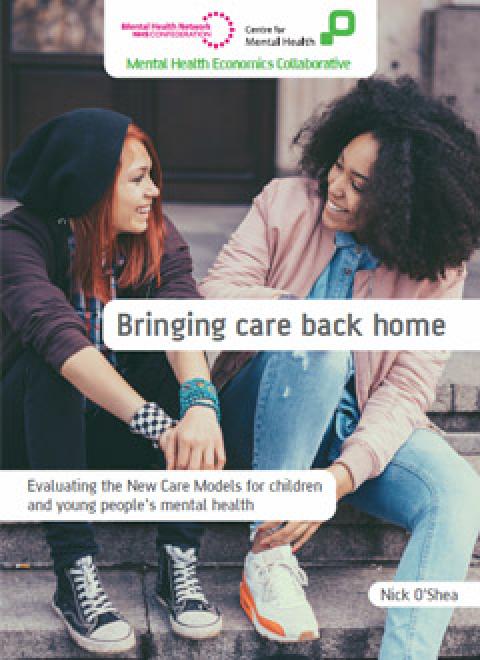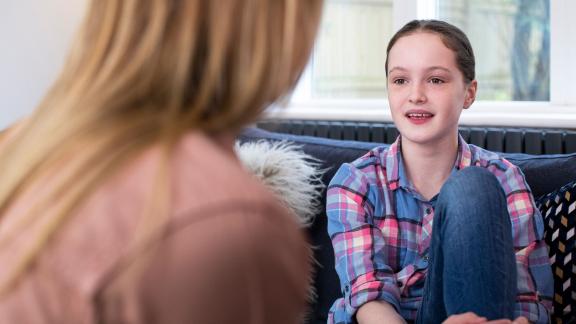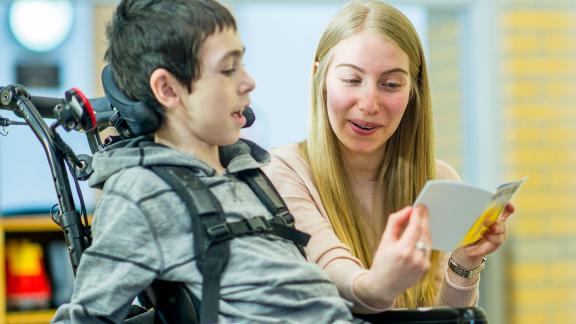Support from the start: the importance of children and young people’s mental health

As Children’s Mental Health Week closes, Sean Duggan, chief executive of the Mental Health Network, looks at why we need to put preventative approaches in place to address the increasing numbers of children and young people in need of mental health support.
The mental health of our children and young people is an emotive subject. It can be hard for some to imagine that they experience mental distress, but that is the reality for many. This week is Children's Mental Health Week, which gives us an opportunity to highlight the importance of supporting children and young people’s mental health, and this year it is more important than ever.
Thankfully, children rarely become ill from coronavirus, but we know that the pandemic is impacting their mental health and wellbeing. The Centre for Mental Health’s modelling work on future demand for mental health support as a result of the pandemic, anticipates that 1.5 million children and young people will need either new or additional mental health support.
Even before the pandemic, the rates of mental disorder in children and young people were increasing and that trend is continuing. According to the latest data, one in six five to 16 year olds have a probable mental disorder. This has increased from one in nine in 2017. Our members have told us that they are already seeing an increase in demand for specialist children and young people’s mental health services and there is an increase in the severity of their conditions.
Prevention and intervention
Preventing or intervening early when symptoms first arise not only fosters a better quality of life, it is more cost effective because issues are addressed before they become entrenched. We know that 50 per cent of adult mental health problems are present at age 14, and 75 per cent by age 24. So, if we want to reduce mental distress in adulthood and demand for services, we need to be better at supporting good mental health during childhood. This is not without its challenges, given that we only have a limited funding envelope, which makes it difficult for systems to invest in prevention, while also funding specialist provision. We do need both, considering the high number of children and young people with a diagnosable mental disorder.
I recall earlier in my career being really shocked about the lack of investment in children and young people’s mental health compared to other areas in the mental health sector. There were unacceptable waiting times for children and families to access specialist mental health support. This has started to improve with investment and priority from the Five Year Forward View and the Long Term Plan, but there is still more to do.
Expanding the workforce
Workforce capacity is a big issue, so we need to be more innovative in how we engage and work with children and young people. There are examples to learn from. There is good evidence that supporting mental health in schools is effective. The new mental health support teams being developed as part of the children and young people’s transformation programme, are essential. They are bringing in additional capacity into the workforce and supporting schools. There are other great examples as well that are already working in schools. For instance, Kent CCG have commissioned the Fantastic Fred Experience, which is working to improve mental health and wellbeing in primary school aged children. Place2Be provides support for children in schools, and during the lockdown they teamed up with other providers including Kooth and Healios to ensure children and young people could still access support even when schools were closed. To maximise impact, we need to think about how these services can work together to support children and young people's mental health.
Population health approach
Children and young people are not one homogenous group, so need will vary in any given area. Using a population health management approach and engaging with children and young people can help understand what their unique needs are, as things like gender, race and sexuality need to be considered. The offer in any given area needs to be integrated and bring together local partners to develop a joined up approach, that is co-produced with children, young people, and their parent/carers.
A recent announcement to establish mental health practitioners in primary care, stated that primary care networks and mental health providers could embed a children and young people’s mental health practitioner in primary care, as part of these arrangements. This is a good opportunity to better support children’s mental health in primary care, but it would need to be linked in with other local services such as mental health support teams, children and young people’s mental health teams, voluntary sector services and any other local services to maximise support, utilise community assets and reduce duplication.
Whilst the modelling work is forecasting an increase in mental health problems, it doesn’t have to be inevitable. We should see this as an alarm bell and act on this by providing better support for our children and young people.
Further the debate
The Mental Health Network and Health and Care LGBTQ+ Leaders Network are hosting a webinar on the mental health needs of children and young people who identify as LGBTQ+ on 25 February 2021, 12-13.00.
Please join us to further the debate on children and young people’s mental health.
Sean Duggan is chief executive of the Mental Health Network. Follow them on Twitter @SeanDugganMHN and @NHSConfed_MHN



